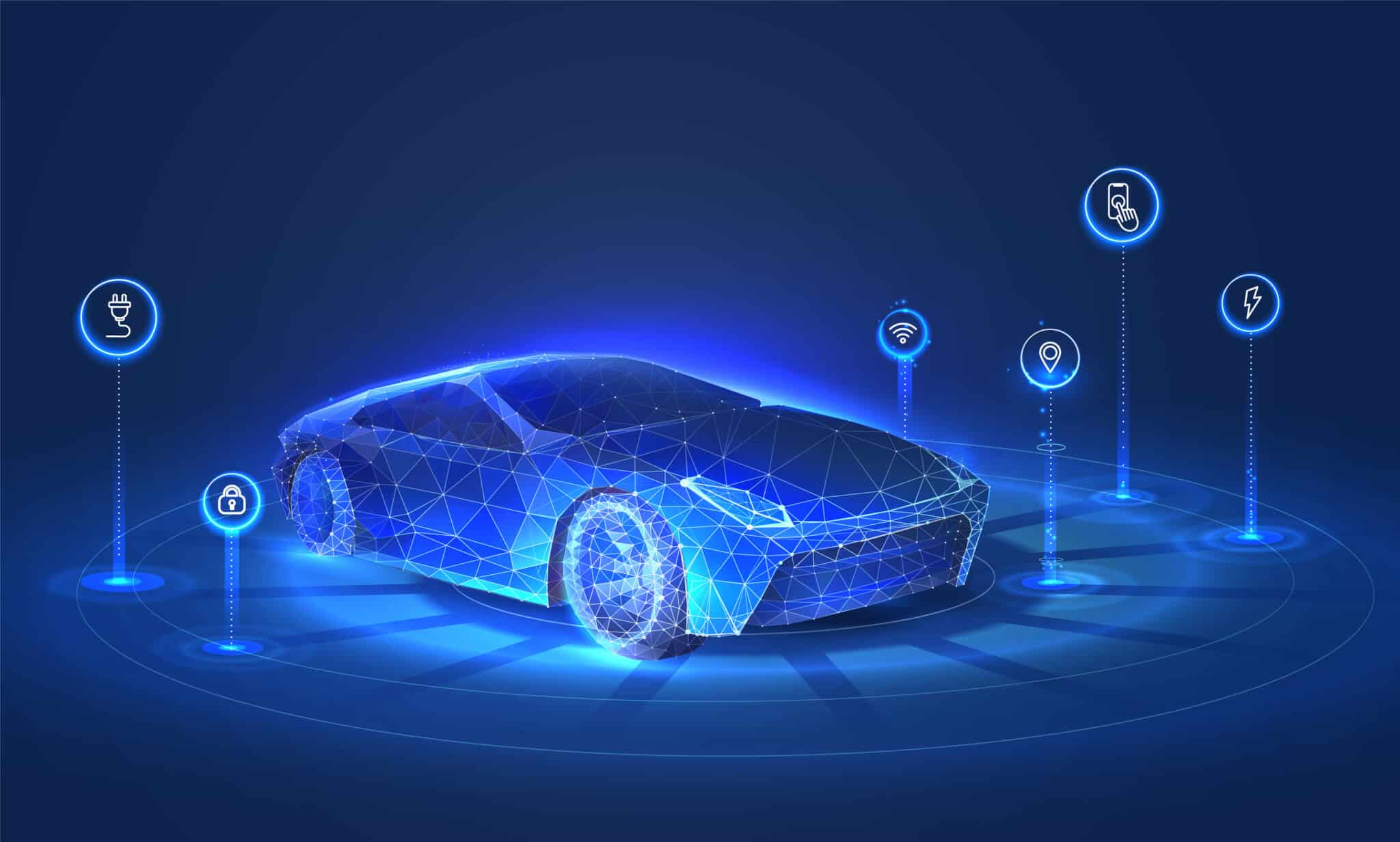Human-in-the-loop: enhancing generative AI training with human expertise
Generative AI continues to evolve at a rapid clip. Innovations like Sora from OpenAI that can take short text descriptions and generate high-definition video clips are rapidly closing the gap between AI-generated and human-generated media, making it difficult to distinguish the source of the content. But while the advances we are witnessing are impressive, the content they generate can still contain errors and biases that only humans can detect.
What is human-in-the-Loop?
Human-in-the-loop (HITL) in machine learning is an approach that involves humans providing feedback to an AI system to improve its performance over time by correcting errors and identifying biases generated by the AI. While generative AI models have improved significantly over time, HITL has become increasingly important to ensure that applications built on these models are accurate, ethical and trustworthy.
An overview of human-in-the-loop in generative AI
There are several components involved in HITL in AI that help to improve its performance and quality:
- Data annotation: The initial stage of training AI models is one area where humans play a key role by labeling data sets. The machine learning model will use this data to learn and make predictions. After the model is trained with the annotated data, humans review and correct the output of the AI, and their feedback is used to improve its accuracy. Establishing a continuous feedback loop helps the model to learn over time and enhance its predictive capabilities.
- Model training and fine-tuning: In a supervised learning approach, human-generated data is used as ground truth to train the machine learning models. The model will improve its performance by comparing its predictions against human-generated data.
- Error correction and bias mitigation: After the AI makes predictions, humans evaluate the results, and corrections are added to the model to improve it. Humans can also correct biases by pinpointing where the model might be creating unfair outcomes.
- Continuous learning: With many AI applications, the conditions and trends change over time which requires new data inputs to ensure accuracy and relevance. Human feedback plays an important role here as well.
The importance of human-in-the-loop for generative AI
Many significant advancements have been made in the field of generative AI, but gaps still exist with the technology that highlight the importance of humans in creating more accurate and inclusive AI. Humans play an important role in:
- Improving accuracy: humans are crucial to helping reduce errors in generative AI and ensuring that its outputs align with real-world expectations.
- Ethical deployments: humans have the ability to ensure that bias is mitigated through reviewing the data that is used to train the AI, allowing for more inclusive and ethical outcomes.
- Dealing with ambiguity and understanding context: humans provide the cultural and ethical context to ensure that the generative AI creates more appropriate outputs.
- Model customization and personalization: when generative AI is developed specific to an industry or domain, domain expertise from humans allows organizations to create more tailored solutions for their customers. Human feedback can also help to tailor models to reflect end user preferences, making them more personalized.
And as mentioned earlier, human feedback is indispensable in the process of continuous learning so that models adjust to changing trends over time.
Applications of human-in-the-loop in generative AI
HITL is used across a range of generative AI use cases to improve the quality of its output, including:
- Text: editors review and correct text generated by generative AI models like GPT to make sure that the content is accurate and appropriate for the target audience.
- Image and video: human review of AI-generated images and videos ensures they align with an organization’s brand identity and target audience while also identifying potential harmful content such as deepfakes.
- Conversational AI: a human-in-the loop approach for conversational AI involves using humans to review and adjust response to user queries in chatbots or virtual assistants for accuracy, completeness, relevance and accuracy.
- Text-to-speech: AI-generated speech can be reviewed by humans to adapt it so that it sounds more natural and human-like, improving the user experience for customer service bots, virtual assistants and more.
Scaling your human-in-the-loop program
While scaling an HITL program internally can be resource-intensive, partnering with an organization with this expertise can significantly accelerate generative AI deployments. The benefits of this type of partnership include the ability to generate high-quality training data quickly, resource and cost optimization, and access to specialized expertise. You can learn more and see examples of how LXT is helping enterprises deploy reliable generative AI in this blog post here.




